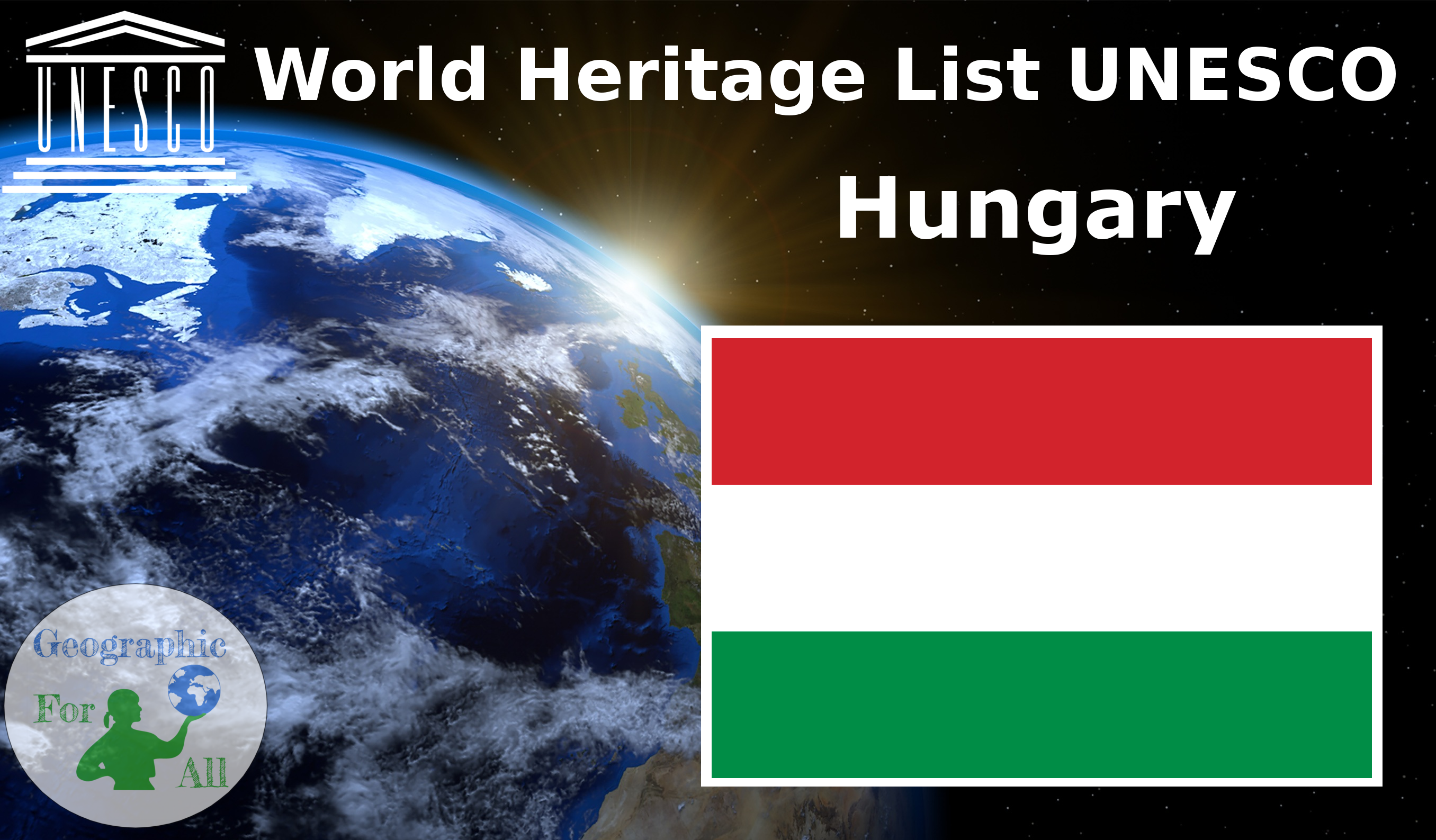Error executing „TranslateText” on „https://translate.eu-central-1.amazonaws.com”; AWS HTTP error: Client error: `POST https://translate.eu-central-1.amazonaws.com` resulted in a `429 Too Many Requests` response:
{„__type”:”ThrottlingException”,”message”:”Rate exceeded”}
ThrottlingException (client): Rate exceeded – {„__type”:”ThrottlingException”,”message”:”Rate exceeded”}
400 Budapest, including the Banks of the Danube, the Buda Castle Quarter and Andrássy Avenue – 1987
This site has the remains of monuments such as the Roman city of Aquincum and the Gothic castle of Buda, which have had a considerable influence on the architecture of various periods. It is one of the world’s outstanding urban landscapes and illustrates the great periods in the history of the Hungarian capital.
401 Old Village of Hollókő and its Surroundings – 1987
Hollokö is an outstanding example of a deliberately preserved traditional settlement. This village, which developed mainly during the 17th and 18th centuries, is a living example of rural life before the agricultural revolution of the 20th century.
725 Caves of Aggtelek Karst and Slovak Karst – 1995
The variety of formations and the fact that they are concentrated in a restricted area means that the 712 caves currently identified make up a typical temperate-zone karstic system. Because they display an extremely rare combination of tropical and glacial climatic effects, they make it possible to study geological history over tens of millions of years.
758 Millenary Benedictine Abbey of Pannonhalma and its Natural Environment – 1996
The first Benedictine monks settled here in 996. They went on to convert the Hungarians, to found the country’s first school and, in 1055, to write the first document in Hungarian.
Nie ma takiej reklamy 🙁 From the time of its founding, this monastic community has promoted culture throughout central Europe. Its 1,000-year history can be seen in the succession of architectural styles of the monastic buildings (the oldest dating from 1224), which still today house a school and the monastic community.
474 Hortobágy National Park – the Puszta
– 1999
Hortobágy National Park – the Puszta
The cultural landscape of the Hortobágy Puszta consists of a vast area of plains and wetlands in eastern Hungary. Traditional forms of land use, such as the grazing of domestic animals, have been present in this pastoral society for more than two millennia.
853 Early Christian Necropolis of Pécs (Sopianae) – 2000
In the 4th century, a remarkable series of decorated tombs were constructed in the cemetery of the Roman provincial town of Sopianae (modern Pécs). These are important both structurally and architecturally, since they were built as underground burial chambers with memorial chapels above the ground. The tombs are important also in artistic terms, since they are richly decorated with murals of outstanding quality depicting Christian themes.
772 Fertö / Neusiedlersee Cultural Landscape – 2001
The Fertö/Neusiedler Lake area has been the meeting place of different cultures for eight millennia. This is graphically demonstrated by its varied landscape, the result of an evolutionary symbiosis between human activity and the physical environment. The remarkable rural architecture of the villages surrounding the lake and several 18th- and 19th-century palaces adds to the area’s considerable cultural interest.
Nie ma takiej reklamy 🙁
1063 Tokaj Wine Region Historic Cultural Landscape – 2002
The cultural landscape of Tokaj graphically demonstrates the long tradition of wine production in this region of low hills and river valleys. The intricate pattern of vineyards, farms, villages and small towns, with their historic networks of deep wine cellars, illustrates every facet of the production of the famous Tokaj wines, the quality and management of which have been strictly regulated for nearly three centuries.
[kkstarratings force=”false” valign=”bottom” align=”left”]

0 Comments for “Lista światowego dziedzictwa UNESCO Węgry”